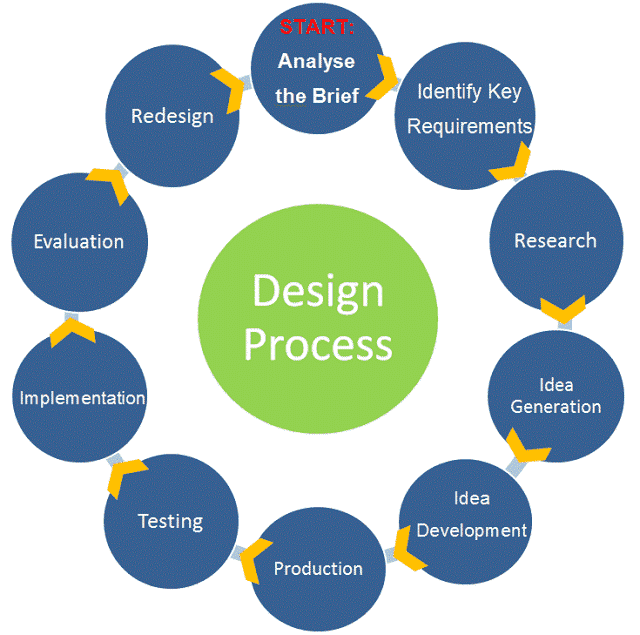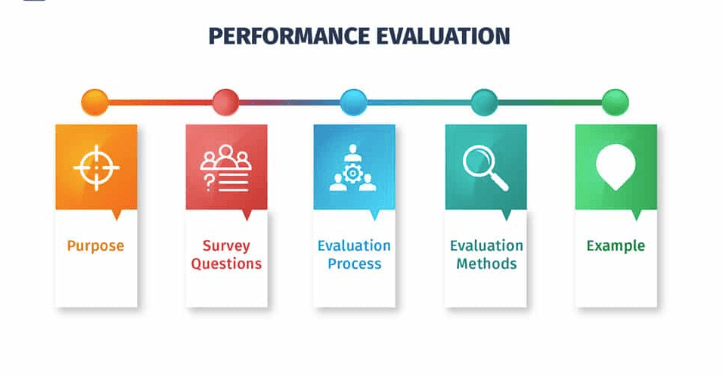Introduction
Ideas are cheap. It's a harsh truth that might sting a bit. Everyone has them; they float around us like dandelion seeds. But it's not the idea that matters; it's the making it real part that’s the game changer. That’s when those seeds take root and something grows. That's where design, building, testing, and perfecting come into play. This guide is not about dreaming up things. It’s about the dirt under your fingernails from making those dreams come to life.
We're diving into the nuts and bolts of transforming a spark in your brain into something you can touch and feel. It's not enough to simply sketch a concept and call it a day. The real work is in the details—the schematics, material choices, and the often-overlooked iterations.
Then comes the real test: Does your creation actually do what it's supposed to? This is where the rubber meets the road, where your design either stands strong or falls apart. Performance evaluation isn't about patting yourself on the back; it's about pushing your creation to its limits.
This guide will walk you through the gritty reality of making ideas happen. So, let's get started. Turn those seeds into gardens.
The Design Process
When we talk about making something, it all starts in the head. That's true for LLM models too. First, you have an idea. You think, "What if we make this?" This is the start.

Conceptualization & Planning
You start scribbling. Maybe on a napkin, maybe in a notebook. It doesn’t have to be pretty. The goal is to get your idea out. What does it look like? What's it supposed to do? Get those ideas down. Then, think about what you need to make it happen. What kind of parts? How big? Start asking these questions early.
Design Tools & Software
Next, move that idea from paper to computer. There are tools for this. They help you draw your model in 3D. You get to spin it around, look at it from all angles. This is cool because you see issues you didn’t think of. Maybe a part is too big or in the wrong place. Fixing is easier here than in real life.
These tools also tell you if your design is doable. They can simulate things like stress, temperature, and more. It’s like asking, "Hey, will this break if I do this?" It's good to know now rather than later.
Suggested Reading : Getting Started with LLM Integrations: A Beginner's Guide
Key Design Parameters
Think about what’s most important for your model. Size, weight, strength? What must it do well? These are your design parameters. They guide you. Every decision you make, ask, "Does this help my key parameters?"
For example, if weight is key, choose materials and designs that are light. Everything you do ties back to these parameters. It keeps you focused. When you start diving into details, it’s easy to get lost.
In design, you’re solving problems before they happen. It's planning a trip and checking the weather, packing an umbrella just in case. You’re thinking ahead.
By the end of this phase, you should have a solid plan. A design that's not just cool in your head, but possible in the real world. You know what you need, how it fits together, and that it should work. Now, you’re ready to start building.
See, the design process isn't magic. It's thinking, drawing, and testing ideas. It's being okay with making changes. Most of all, it's about asking "What if?" and then figuring out "How?"
From Design to Building
Alright, you've got your design. It looks good on the screen. Now, it's time to make it real. This step is where your idea starts to take shape physically. Let's dive into how that happens.
Understanding Schematics
First up, your design turns into a set of instructions, called schematics. These are like recipes for building your model. They tell you what goes where, how things connect, and in what order to assemble parts. Think of it as translating your 3D design into a step-by-step guide. It's crucial to get this right. One mistake here, and things might not fit later.
Choosing Materials
Next, you decide what to make your model from. Your choice depends on your design goals. Remember those key parameters? They're your guide here too. If you need strength, you might choose metal. If you need to keep it light, maybe plastic or composite materials. Price is also a big deal. You want the best material you can afford that meets your needs.
Construction Challenges and How to Overcome Them
Here’s the truth: Making things is hard. Problems will pop up. Maybe a part doesn't fit right, or a material isn’t as strong as you thought. Adaptation is key. Sometimes, you have to rethink part of your design or swap materials. It's all about solving problems as they come. Keep your goal in mind, but be flexible about how you get there.
For example, if something doesn't fit, don’t force it. Take a step back. Check your schematics and measurements. Maybe there's a mismatch or an error in the initial design that didn't show up until now. Fixing it on the spot can save you a lot of trouble later.
Building is a test of your design. It's the first time you see if what you imagined can exist in the real world. You'll learn a lot during this process. Sometimes, it's about accepting that the first version won't be perfect. It's alright. Each version will be better than the last.
The shift from design to building is exciting. It's where ideas become tangible. Keep your schematics close, choose your materials wisely, and stay ready to tackle challenges. This stage is about bringing your vision to life, one step at a time. Keep pushing, keep solving, and soon, you’ll have something real to show for it.
Testing and Refinement
So, you've built your LLM model. It sits in front of you, and it looks right, but does it work right? Let's see how testing and refinement steps in here.
Overview of Testing
Testing is the question-asking part. It’s like a challenge to your model. You're asking it, "Can you do what you're made to do?" You throw scenarios at it and see how it holds up.
Maybe you simulate conditions like extreme temperatures or pressure changes. Maybe you simulate a lunar landing. Each test checks if your design can handle real-world situations.
Importance of Iteration and Refinement
Here’s something about building stuff: the first try isn’t always the best. Testing shows where your model triumphs and where it fails. And that's okay. No design is perfect straight off the bat.
If something fails, that's not a setback. It’s a lesson. It shows you what doesn't work and guides you towards what could work. This loop of creating, testing, and refining is called iteration. You make, you test, you make better.
Real World Issues and Model Adjustments
No model is a perfect prediction of reality. It’s a simplified version. When you compare a test situation to a real one, there will be differences. Maybe you forgot to account for how shadows move or how sand behaves. Reality will surprise you.
And that's why testing is crucial. It bridges the gap between theory and reality. You adjust and adapt your model based on these 'reality checks', tweaking it until it’s as close to reality as it can be.
So, my takeaway here for you is: think of testing as a learning curve. It points you to what needs fixing. And refining isn’t admitting failure. It’s celebrating progress. It’s one step closer to a design that truly performs.
Performance Evaluation
Alright, your model's been tested and tweaked. Now it's time to really see what it's got. This is about assessing how well it does its job.

Key Performance Indicators
First things first, you've got to decide what success looks like. It could be speed, efficiency, or accuracy. These are your benchmarks. They tell you if your model's hitting the mark or if it's missing the target.
Sugeested Reading : Boost Productivity and Efficiency with LLM Models
Analyzing Results
Now, you run your model through its paces. You collect data and watch. How does it respond under stress? Does it work as expected over time? Take notes and keep track of everything.
You'll get numbers and results from these tests. Look at them closely. They tell a story. If the numbers are off, why? Figure that out. It might be something small you can tweak or a big thing that needs rethinking.
Making Informed Decisions
This stage is about making choices based on what you find. It's taking a hard look at the performance and asking, "Do we go forward, make changes, or go back to the drawing board?" It's about being honest with what works and what doesn't.
In the end, performance evaluation is about getting real with your model. It's about making sure your idea doesn't just work in theory but also excels in reality.
Conclusion
Bringing an idea to life is no small job. It’s a journey from thought-bubble to blueprint, from raw materials to reality. You've learned that it's more than just planning—you have to test, tweak, and perfect. Gut-check with reality and adjust accordingly.
Stressing, questioning, and pushing your model is crucial. You need to know it can withstand every curveball thrown its way. Performance evaluation can be tough love, but it’s essential to the process.
Remember, ideas are dime a dozen. What catapults your idea into a league of its own isn't just dreaming, but doing. So, let's roll up those sleeves and make things happen.
Frequently Asked Questions (FAQs)
How do I protect my design from being copied?
Secure your work by patenting it or using copyright measures. Before you share or test, ensure legal protection is sorted.
Can I test my design virtually before making a physical model?
Yes, simulate tests using computer models to spot issues before they become costly.
What if my design fails repeatedly during testing?
Consider if the core concept is viable, or consult with peers for a fresh perspective. Sometimes, a pivot is necessary.
How much should I budget for refining my model?
Set aside 50-100% of your initial build cost for refinements. Adjust as you learn from the prototype stages.


